Quality Craftsmanship Personalized To Your Needs
Serving the Hampton Roads Area in Virginia
Exploring Types of Tile: A Guide to Choosing the Right Tile for Your Space
Types and Uses of Tile
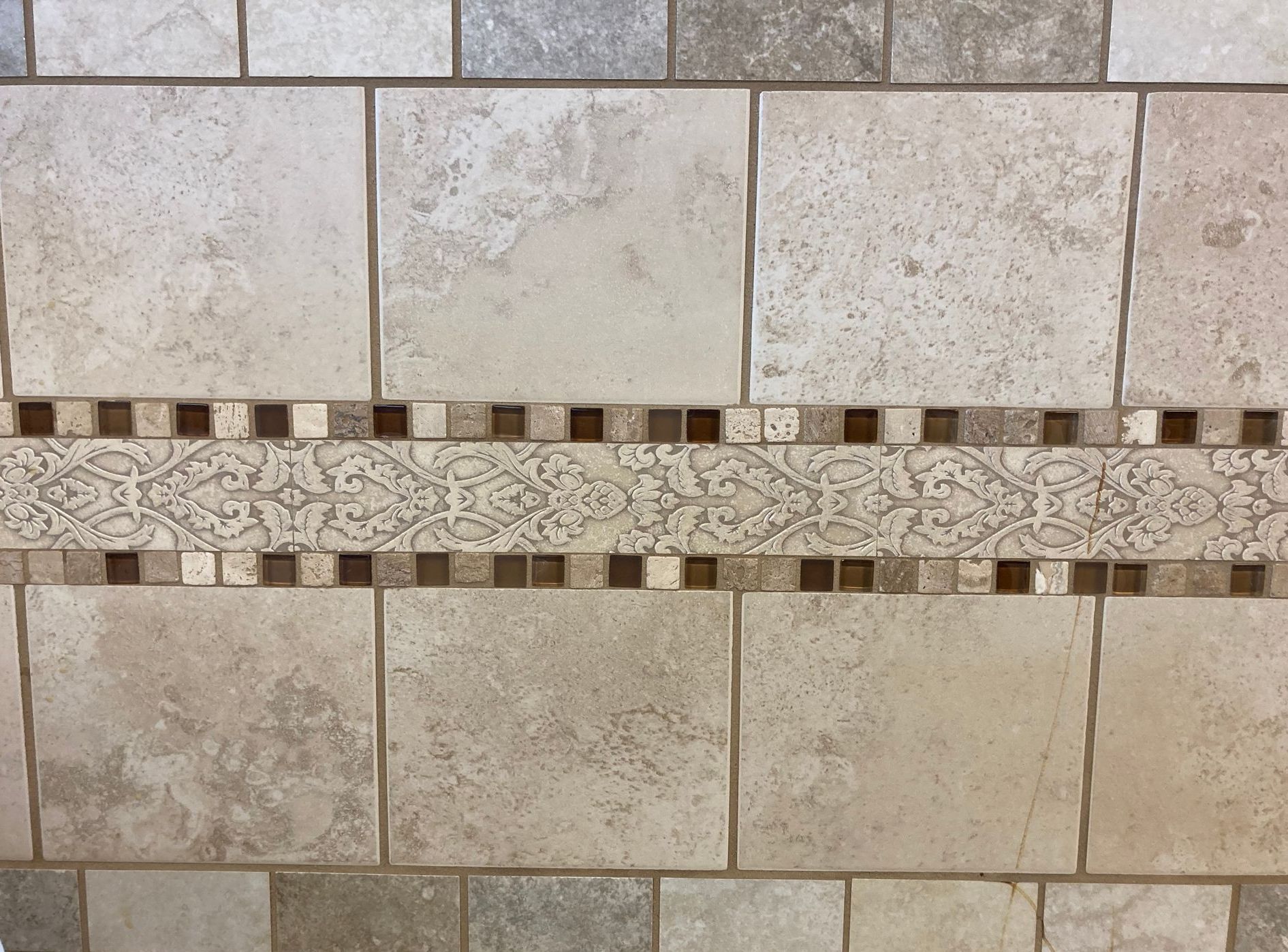
When it comes to home design, tiles are incredibly versatile. They enhance aesthetics, protect surfaces, and lend a unique style to any room. With so many options available, choosing the right type of tile can be overwhelming. Here’s a guide to the most popular types of tiles, their characteristics, and where each one works best.
1. Ceramic Tile
Ceramic tile is one of the most common and budget-friendly options. It’s made from natural clay and fired in a kiln, making it durable and easy to clean. Ceramic tiles come in a variety of colors, patterns, and finishes.
Best For: Kitchens, bathrooms, and other moderate-traffic areas. Glazed ceramic tiles resist moisture and are perfect for walls and backsplashes. However, they're less suitable for outdoor use because they’re more porous and less resistant to extreme temperatures.
2. Porcelain Tile
Porcelain tile is a denser, more durable variety of ceramic tile, made with finer clay and fired at higher temperatures. Its strength and water resistance make it ideal for areas with heavy foot traffic.
Best For: Bathrooms, kitchens, and outdoor areas. Because of its low water absorption rate, porcelain is also a top choice for areas exposed to moisture, such as shower walls and floors.
3. Glass Tile
Glass tiles bring an elegant, modern touch and are often used for accent walls, backsplashes, and decorative features. They reflect light beautifully and are available in a wide range of colors and finishes.
Best For: Kitchens and bathrooms. Glass tile is a stunning choice for backsplashes, though it can be slippery if used on floors, so it’s best to avoid it in high-traffic areas.
4. Mosaic Tile
Mosaic tiles are small tiles, usually under 2 inches, and come in various materials like glass, ceramic, or natural stone. They are often sold in pre-arranged sheets, making installation easier and allowing for intricate designs.
Best For: Shower floors, backsplashes, and accent walls. Mosaic tiles are versatile and can bring a unique flair to any room, especially in small spaces where they can serve as an eye-catching feature.
5. Natural Stone Tile
Natural stone tiles (e.g., marble, granite, travertine, limestone, and slate) add a touch of luxury and elegance. Each piece has a unique appearance due to natural variations, which can add warmth and texture to a space.
Best For: Bathrooms, kitchens, and living areas. These tiles require more maintenance, as stone is naturally porous and may need sealing to prevent staining and moisture absorption.
6. Cement Tile
Cement tiles are durable and have a handcrafted, artisanal feel. They come in various patterns and are often used to make bold statements. Unlike ceramic and porcelain, cement tiles are not fired but instead cured, giving them a matte finish.
Best For: High-traffic areas like entryways, patios, and kitchen floors. Cement tiles are versatile and sturdy but require sealing to protect against staining and moisture.
7. Marble Tile
Marble tile is synonymous with luxury and sophistication, offering a unique veining pattern and a smooth, polished finish. It’s perfect for adding a high-end look to any room, though it requires more upkeep than other materials.
Best For: Bathrooms, entryways, and decorative accent walls. Marble is best used in areas that don’t experience heavy wear and tear, as it can be prone to scratching and etching from acidic substances.
8. Granite Tile
Granite is an incredibly durable natural stone, and it’s highly resistant to scratches, making it a great option for countertops and floors. Its speckled appearance works well in a variety of design styles.
Best For: Kitchens, bathrooms, and high-traffic areas. Granite’s strength makes it an excellent choice for areas that see daily use.
9. Quarry Tile
Quarry tiles are unglazed ceramic tiles, typically in earthy red tones. They’re slip-resistant, making them suitable for both indoor and outdoor use. Quarry tile is extremely durable and easy to maintain.
Best For: Kitchens, outdoor patios, and entryways. Quarry tiles are especially popular in Mediterranean and rustic designs, where their natural colors enhance the aesthetic.
10. Metal Tile
Metal tiles offer a sleek, modern look and are usually made from stainless steel, aluminum, or copper. They’re often used as accents or backsplash tiles and add an industrial edge to the space.
Best For: Kitchens, especially as backsplash tiles. Metal tiles are also used as accents in modern bathrooms or in home bars.
Choosing the Right Tile for Your Space and Project
Consider factors such as durability, maintenance, and style when selecting the right tile for each room. If you need a surface that withstands heavy use, opt for porcelain, ceramic, or stone. For accents, glass or metal tiles make a stylish statement. Each tile type brings unique qualities, so take time to consider the right match for your needs and aesthetic vision.
Whether you’re renovating a bathroom or designing a new kitchen, tiles can set the foundation for an incredible space. Explore these types, and make your tile selection one that transforms your home.
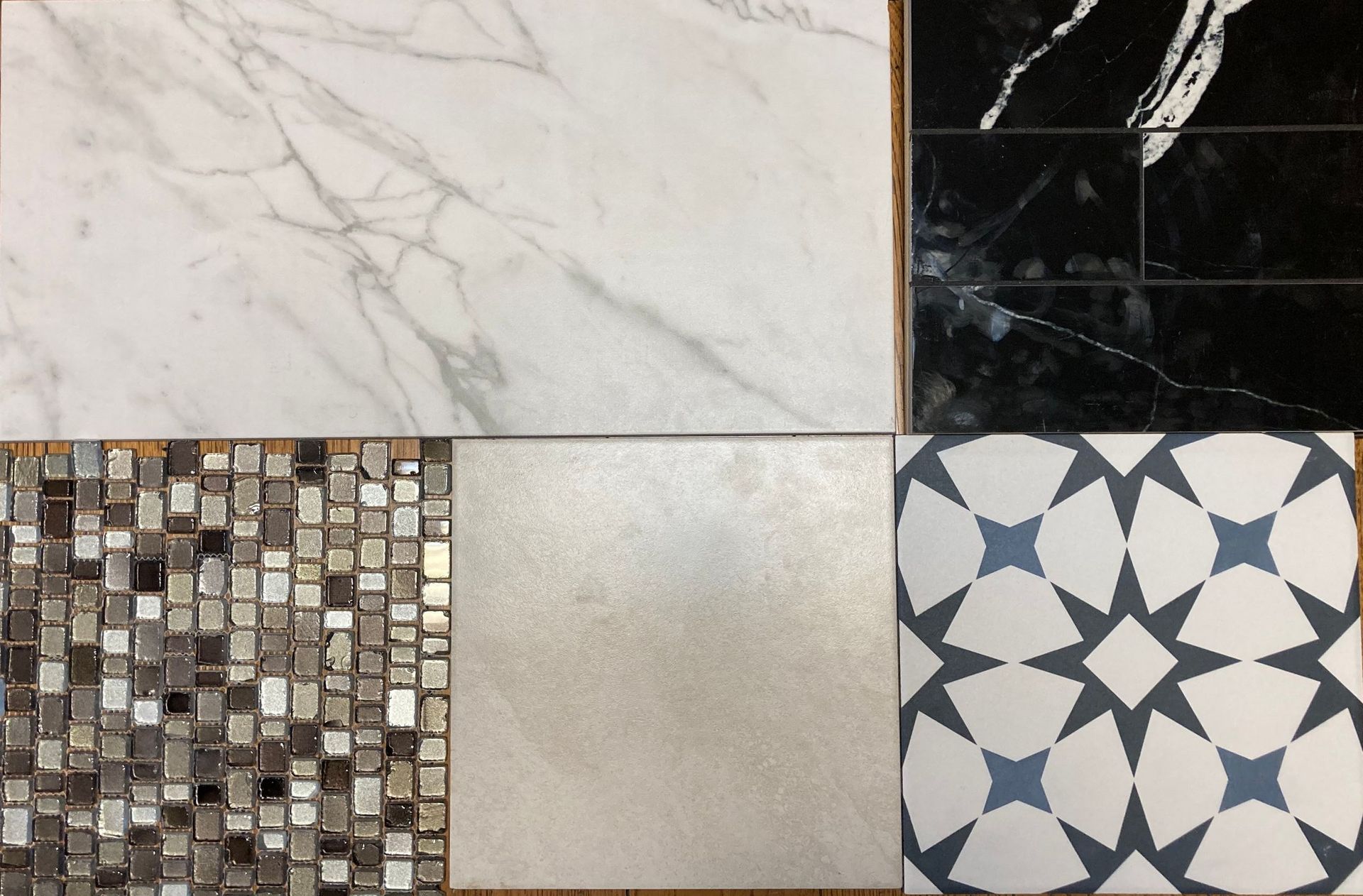
Learn More About Athens Custom Flooring/A1 Floors of Hampton Roads
Serving the Virginia Beach and Hampton Roads, VA areas, Athens Custom Flooring/A1 Floors of Hampton Roads specializes in flooring, bathrooms, and stairs. Free estimates. 5% military discount. 1-year labor warranty. Call us.
Business Hours
Mon - Fri 8:00 am - 4:30 pm
Sat By Appointment Only
Sun Closed
Saturday By Appointment Only, Walk-Ins Are Welcome: We Recommend Scheduling an Appointment to Ensure Adequate Time to Assist You



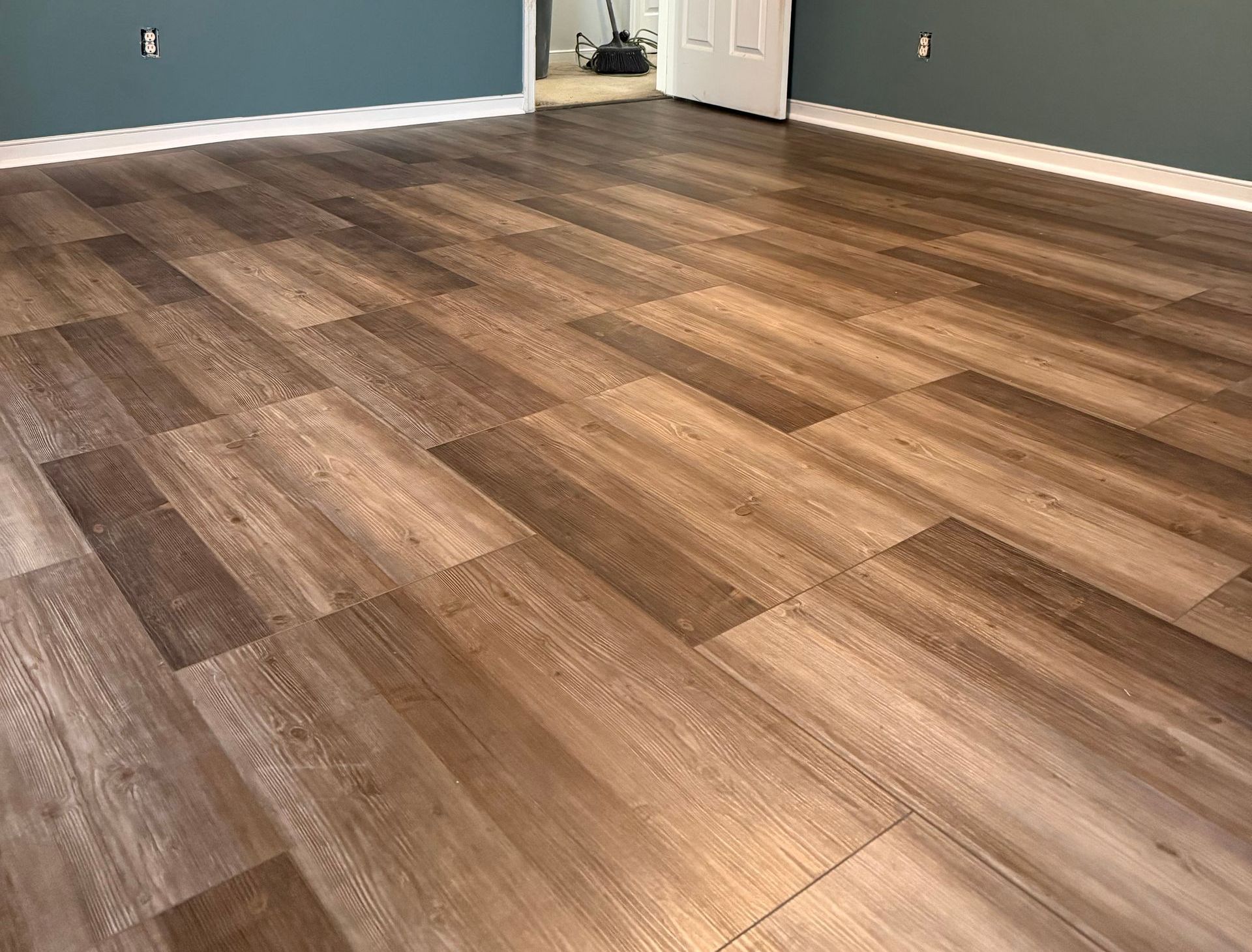
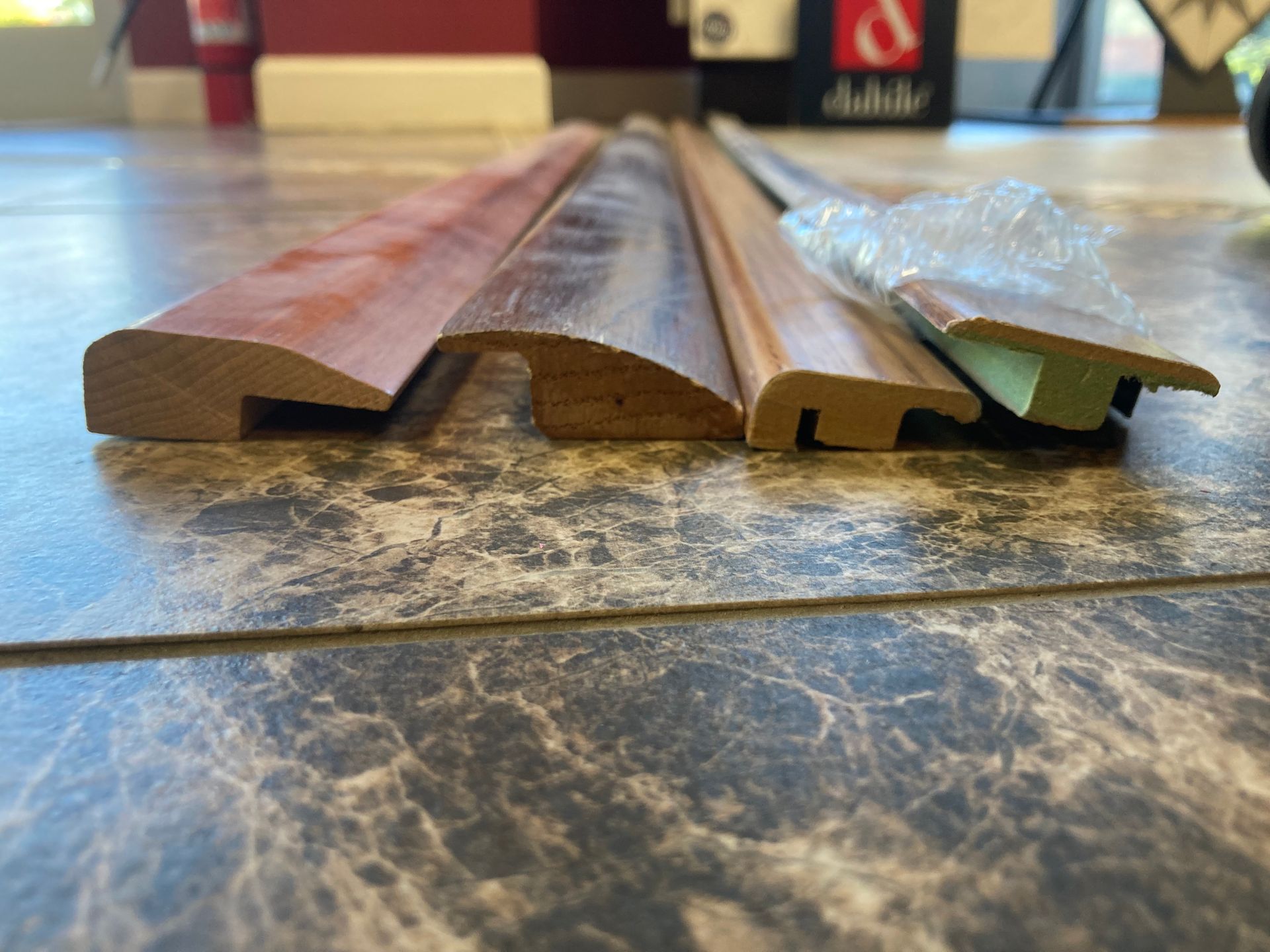
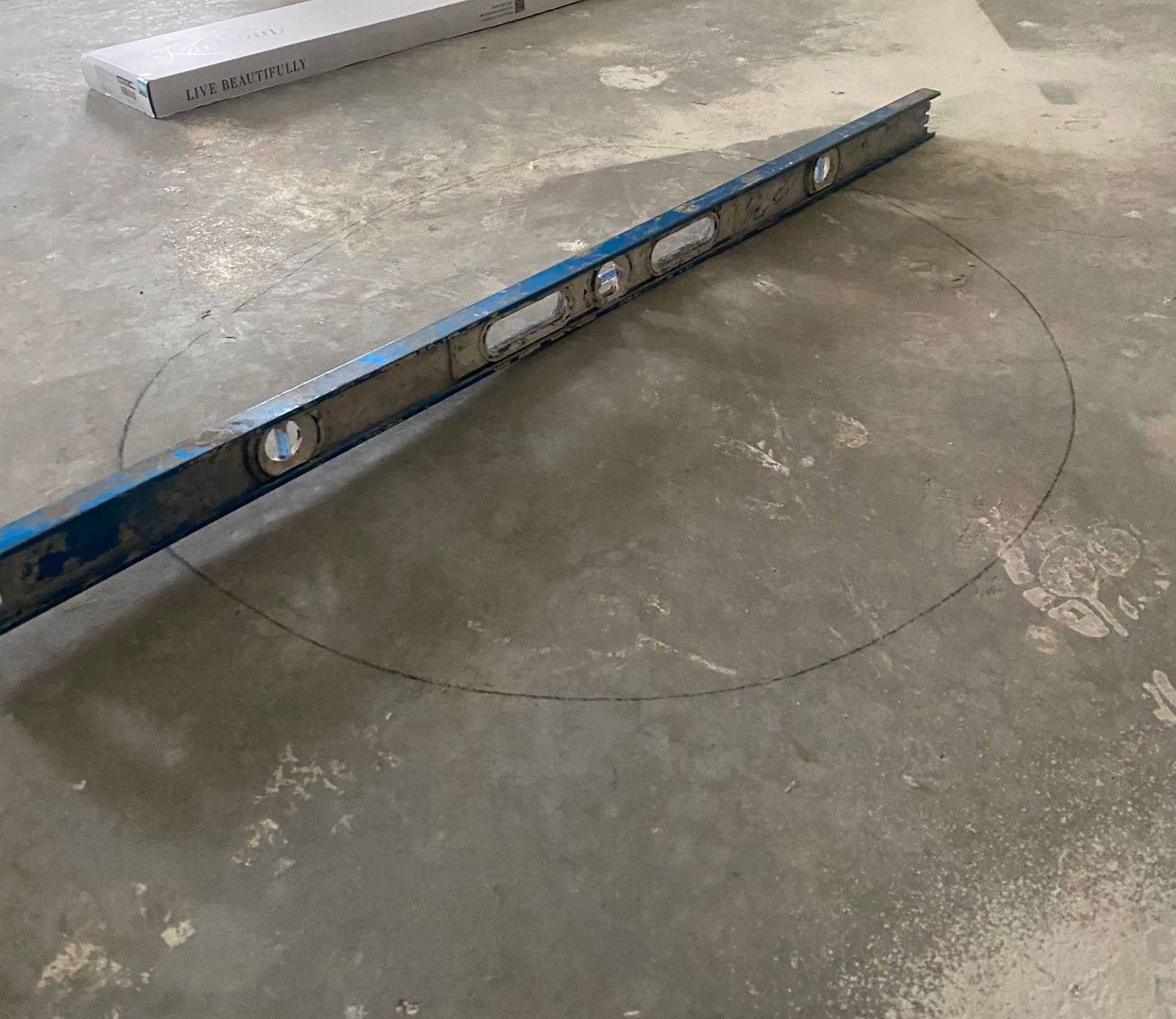
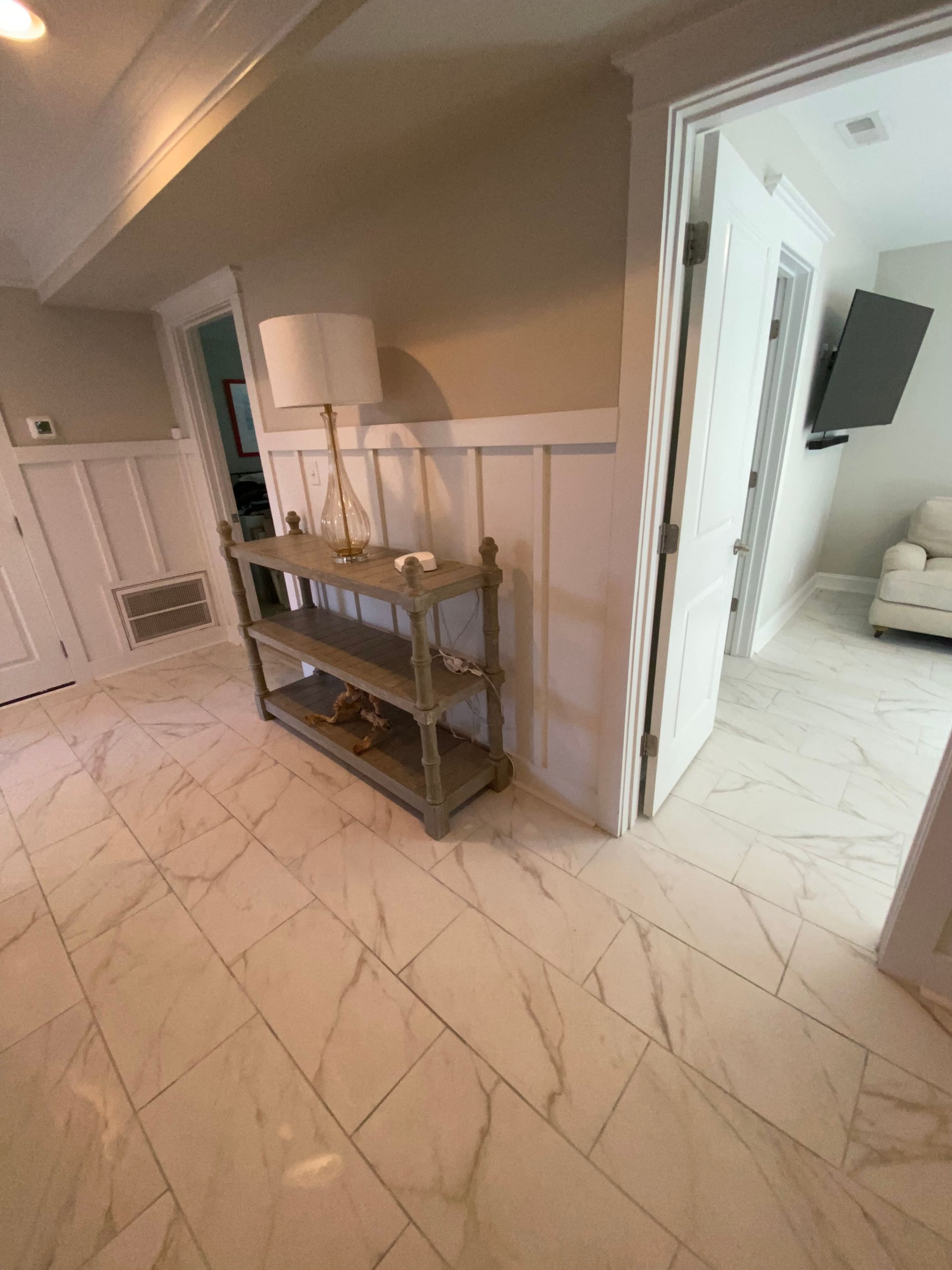
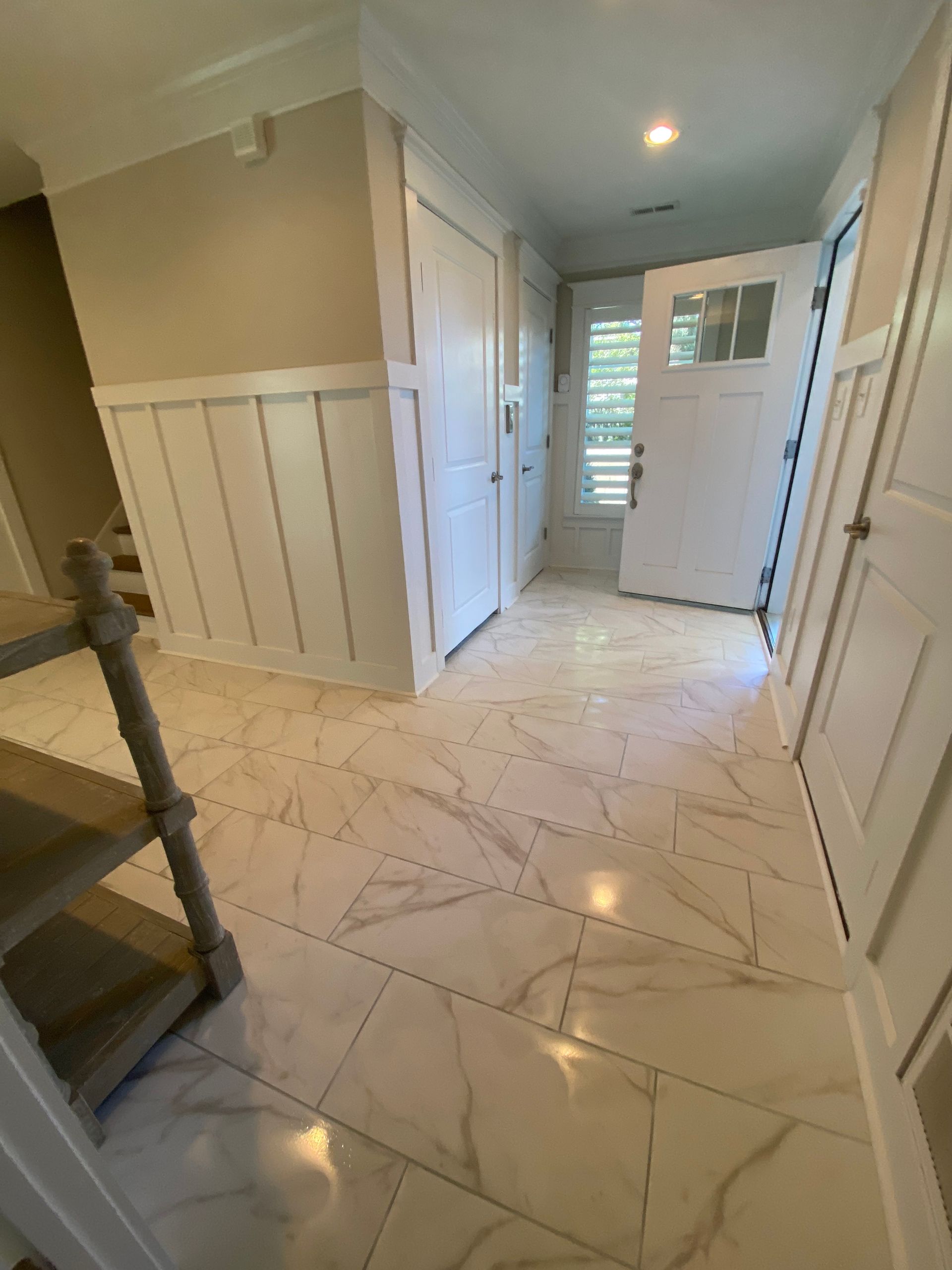
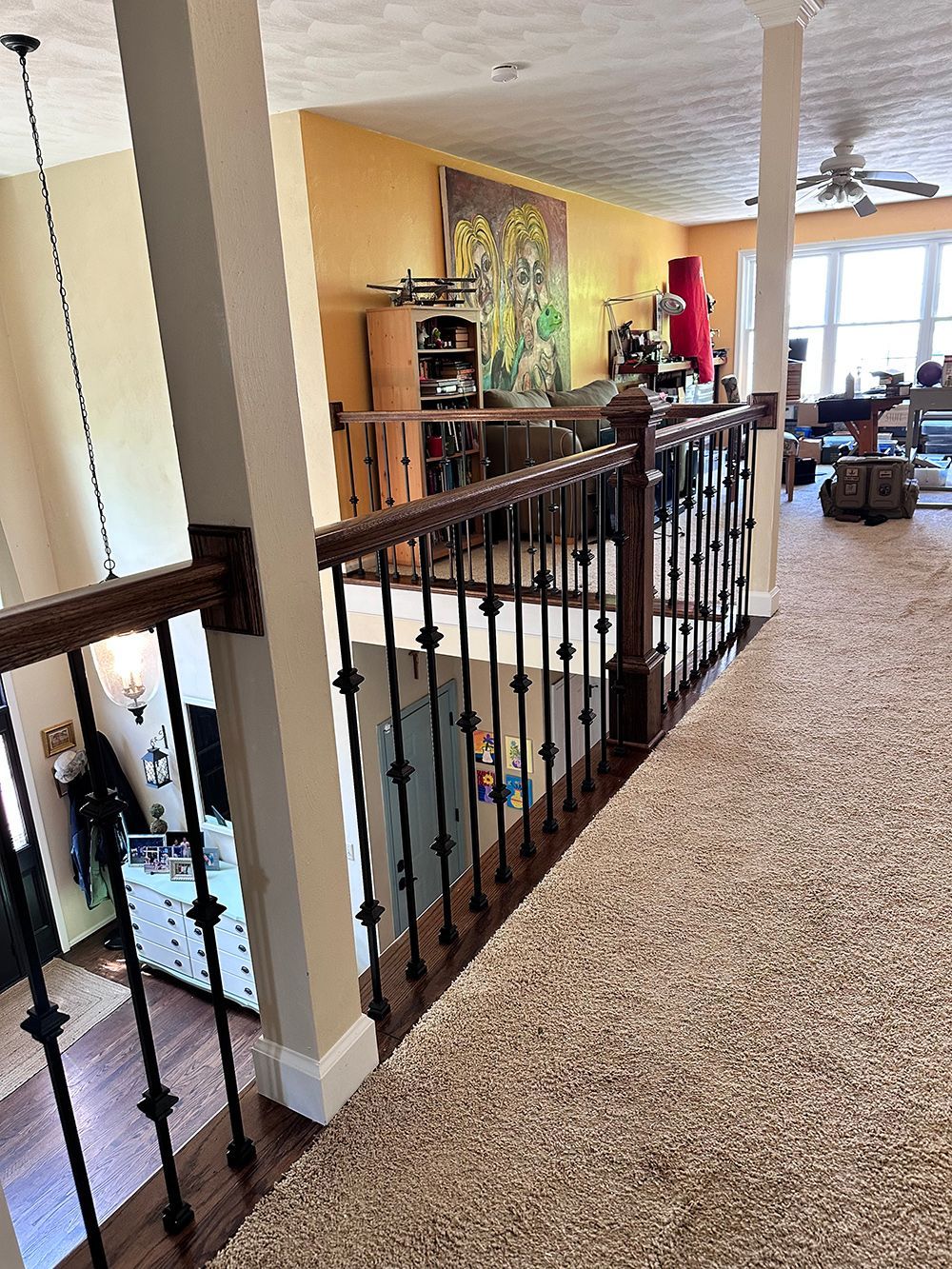
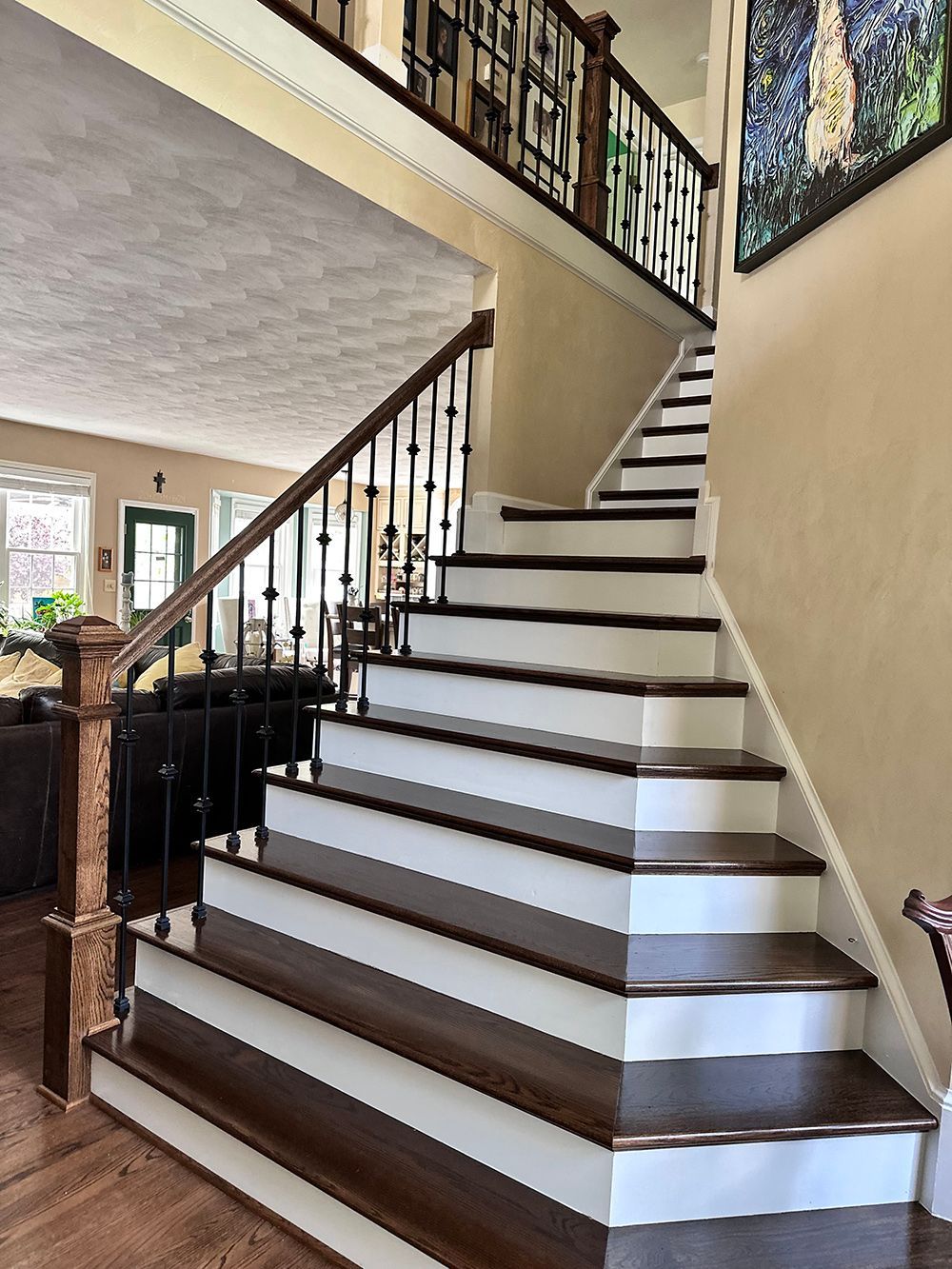
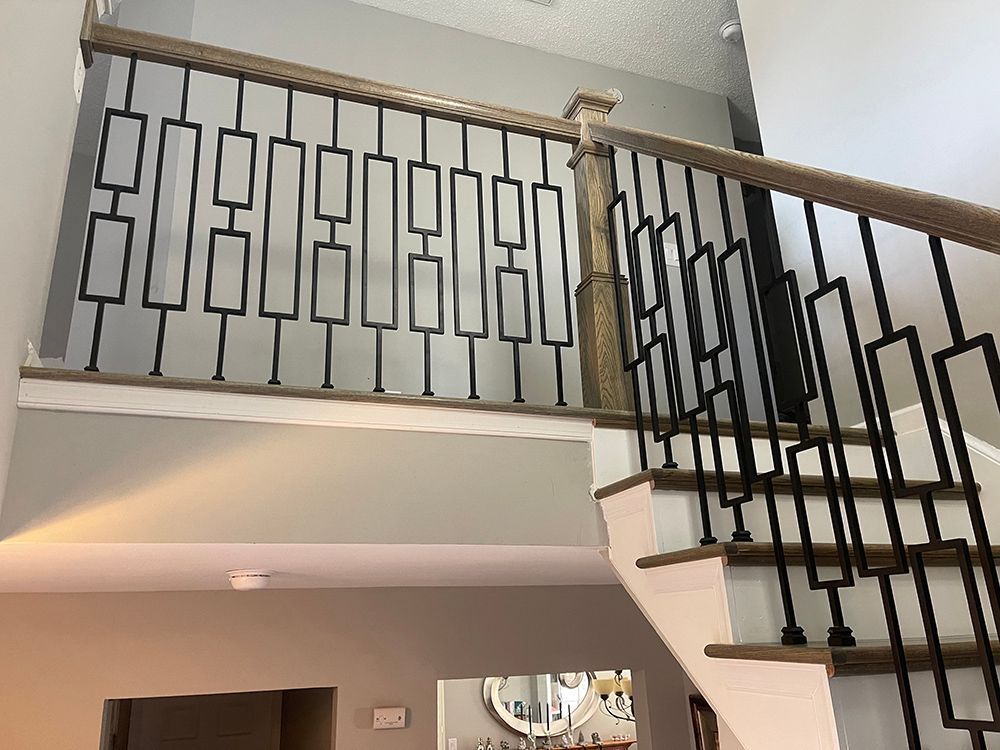
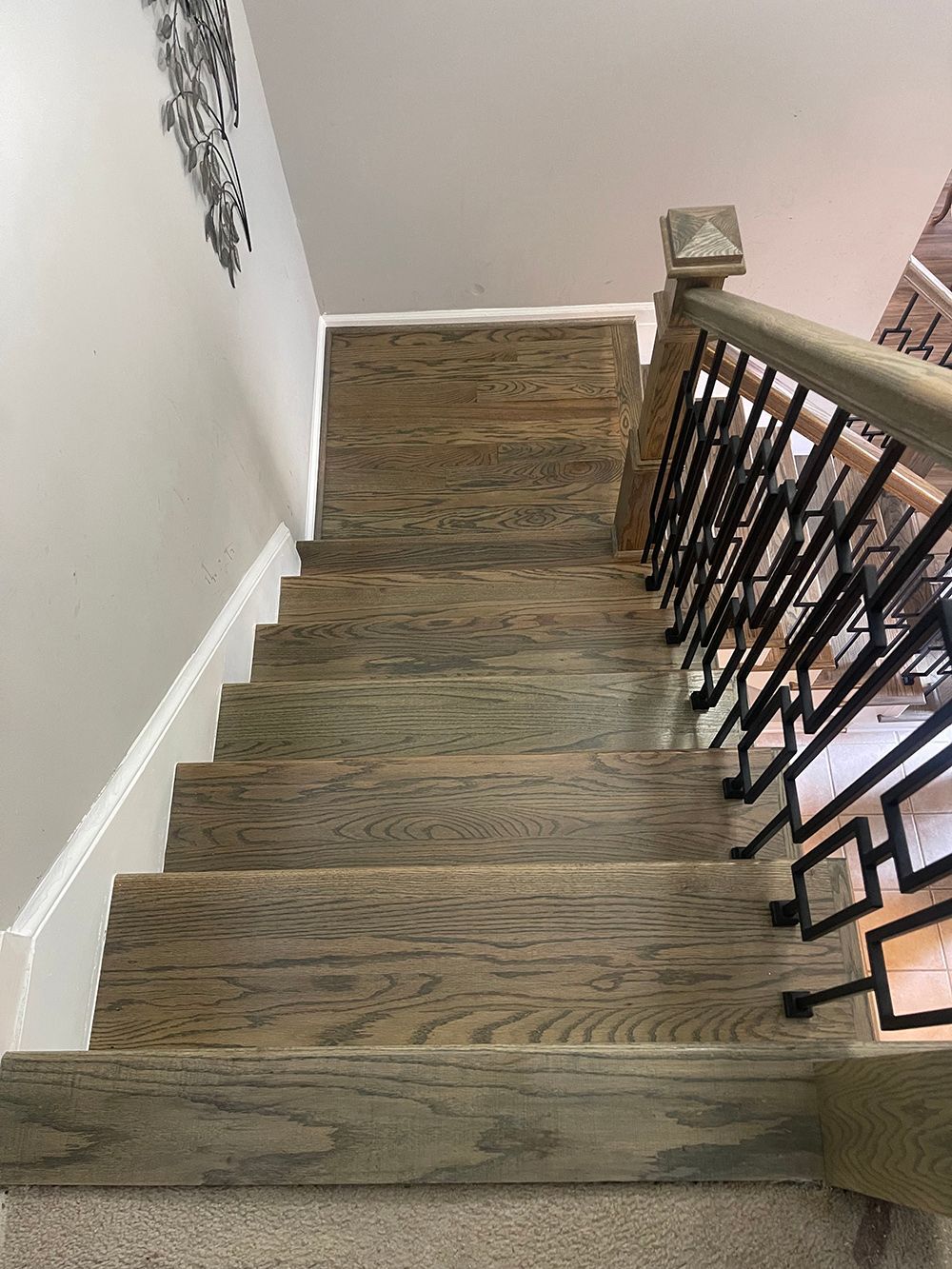

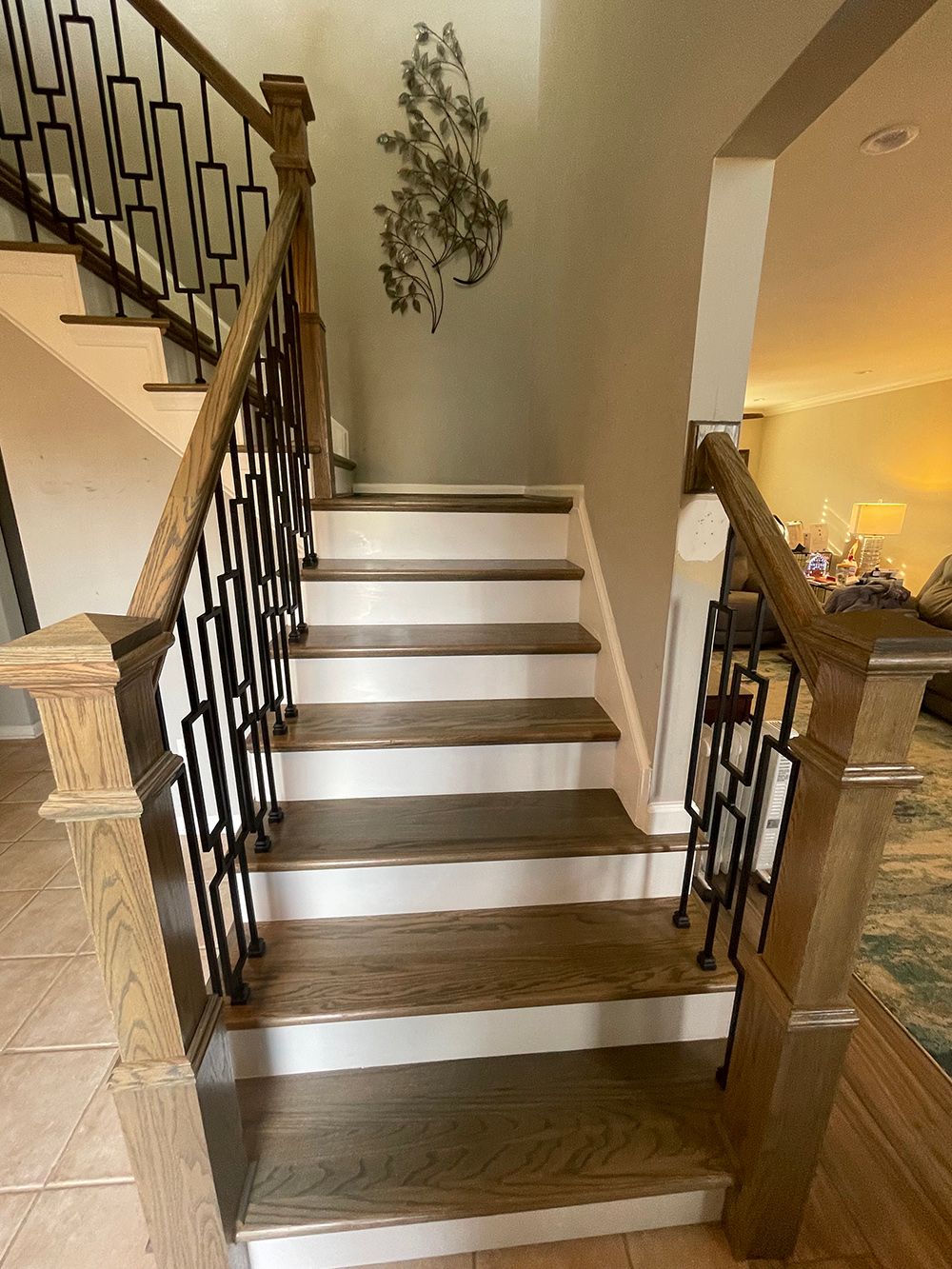
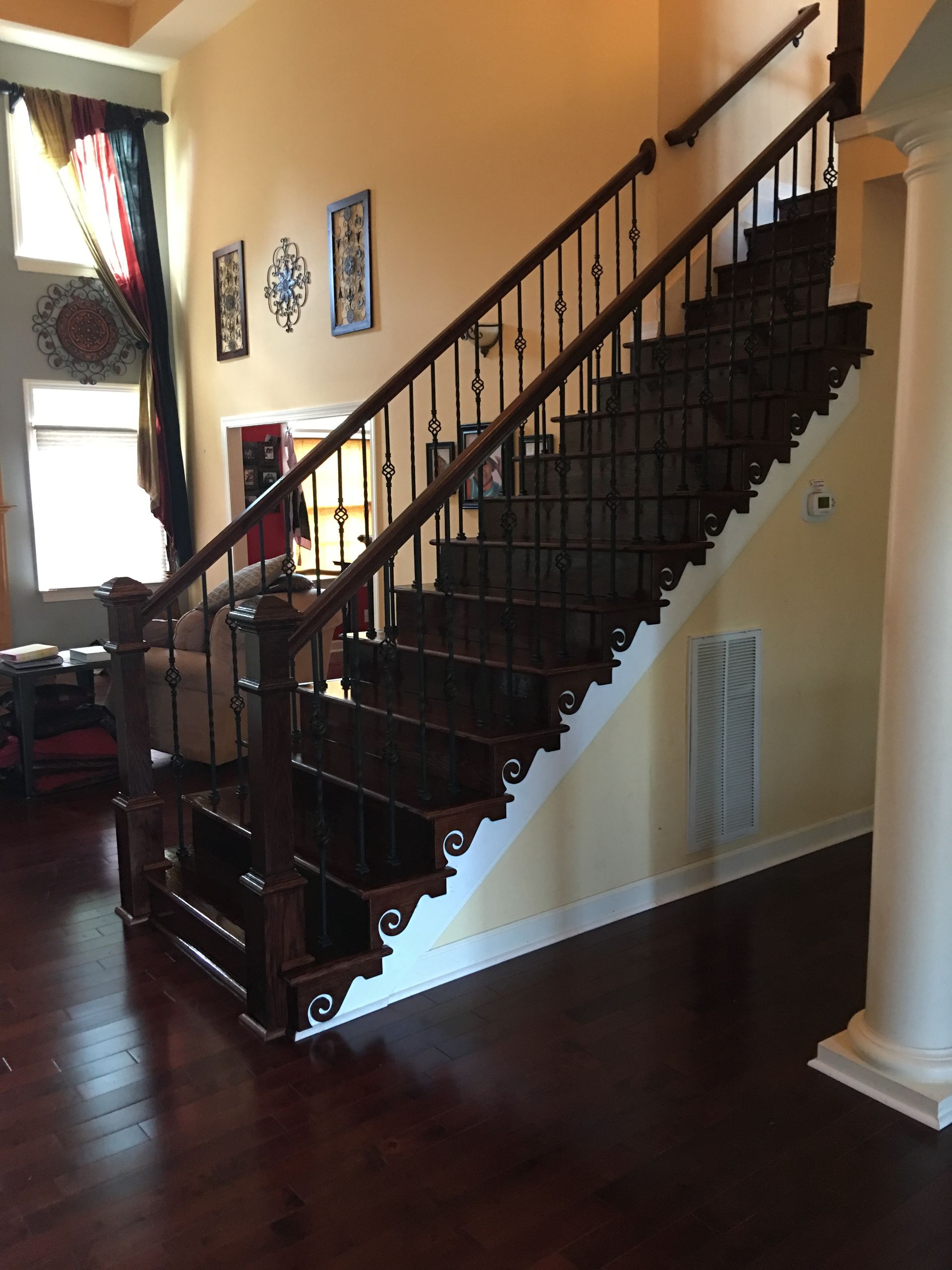

Share On: